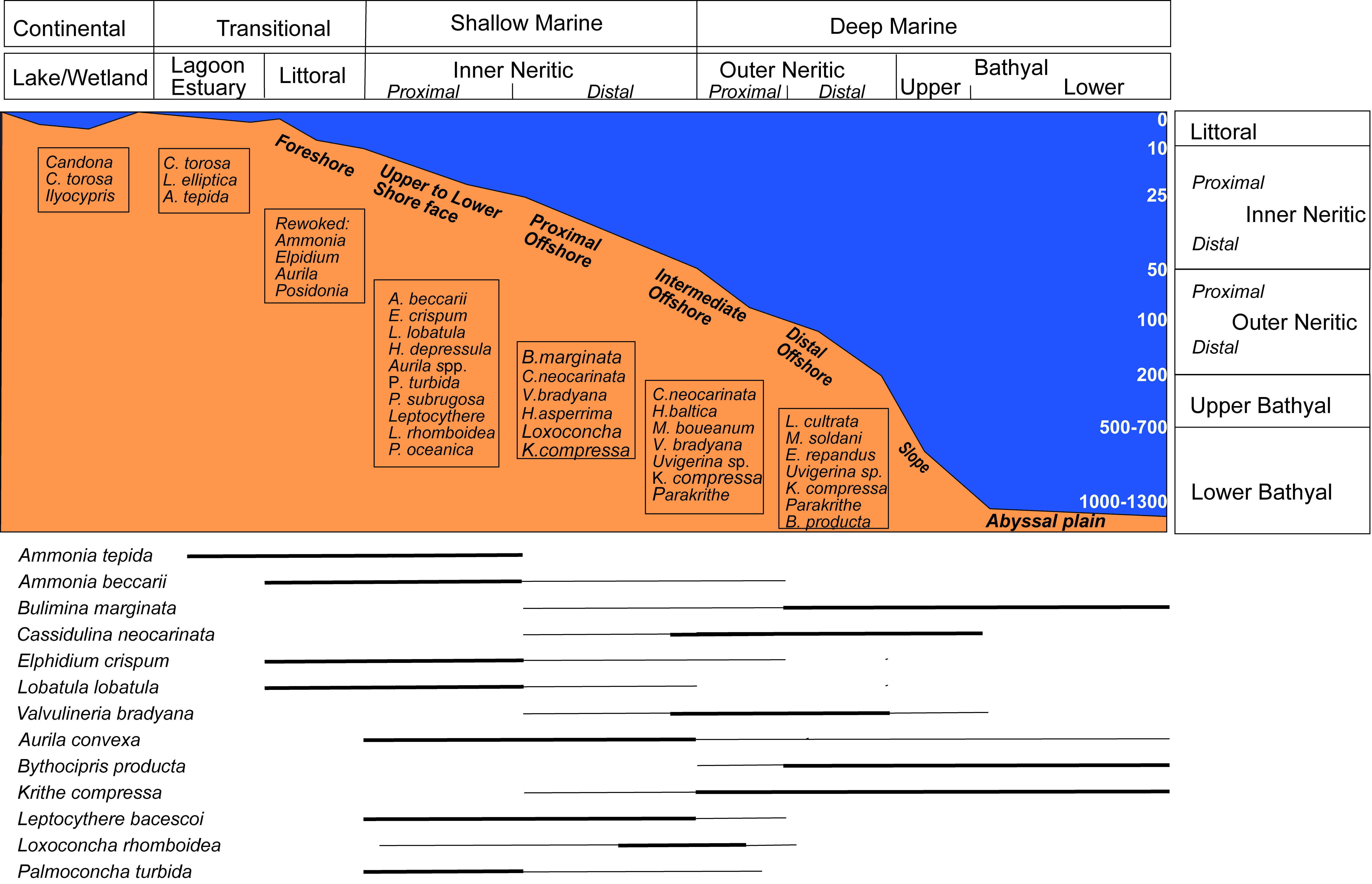NEW BIOSTRATIGRAPHIC AND LITHOLOGICAL DATA ON THE NEOGENE AND QUATERNARY OF THE LIVORNO AREA (TUSCANY, CENTRAL ITALY)
DOI:
https://doi.org/10.13130/2039-4942/14277Keywords:
Calcareous nannofossils; Foraminifers; Ostracods; Stratigraphy.Abstract
Lithofacies analyses and datings using calcareous nannofossils, proved to be an excellent opportunity to understand the palaeoenvironmental evolution of the area of the Tuscan coast, washed up by the Ligurian Sea. A multidisciplinary approach, through lithological and micropaleontological data, collected from fifteen boreholes and one outcrop, permitted the characterization of ten stratigraphic units in the subsurface of the Livorno area. The correlations of these units depicted a stratigraphic architecture chronologically constrained. This study detected early Pliocene (Zanclean) and early Pleistocene (Gelasian) marine deposits, referable to the outer neritic zone that were dated to the calcareous nannofossil biozones MNN13, MNN14-15 and MNN18. In addition, early Pleistocene (Calabrian) marine deposits, dated to the calcareous nannofossil biozones MNN19b, MNN19d, MNN19e, which may be attributed to different bathymetric depths on the basis of benthic foraminifers and ostracods, highlighted sea level changes. Finally, the areal distribution and the stratigraphic architecture of these units permitted the recognition and the better constraining of the sedimentary dynamics impacted by major eustatic and tectonic changes.
Metrics

Downloads
Published
Issue
Section
License
The journal allow the author(s) to hold the copyright without restrictions.






